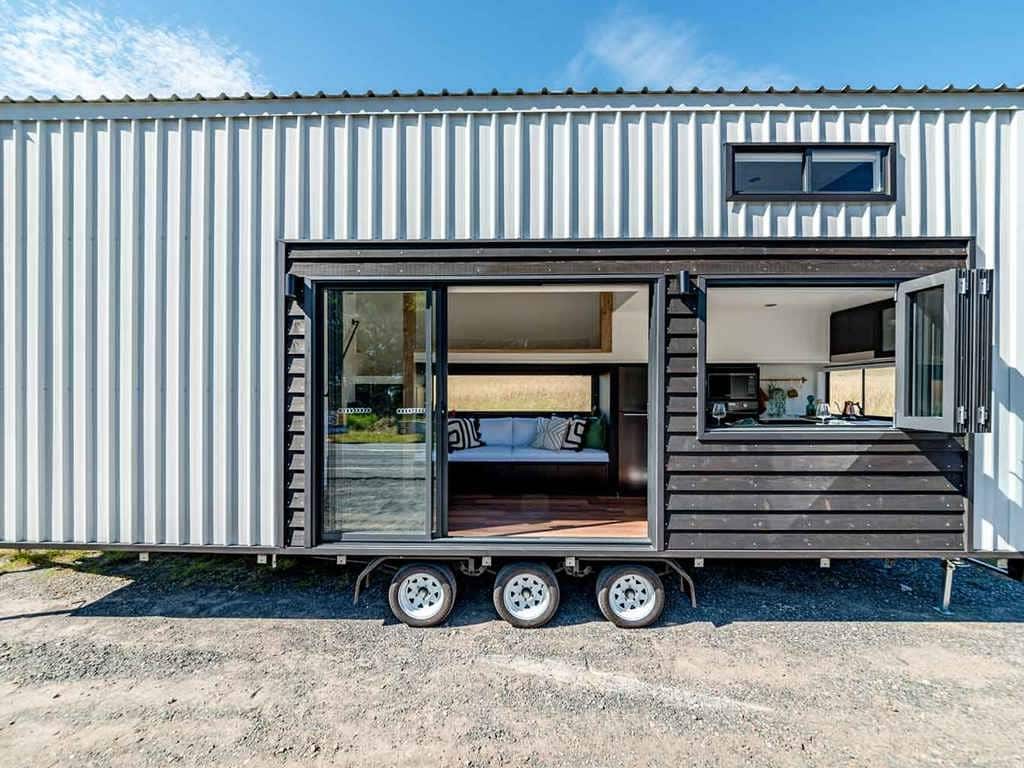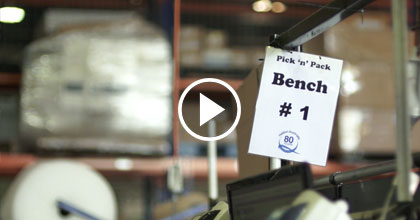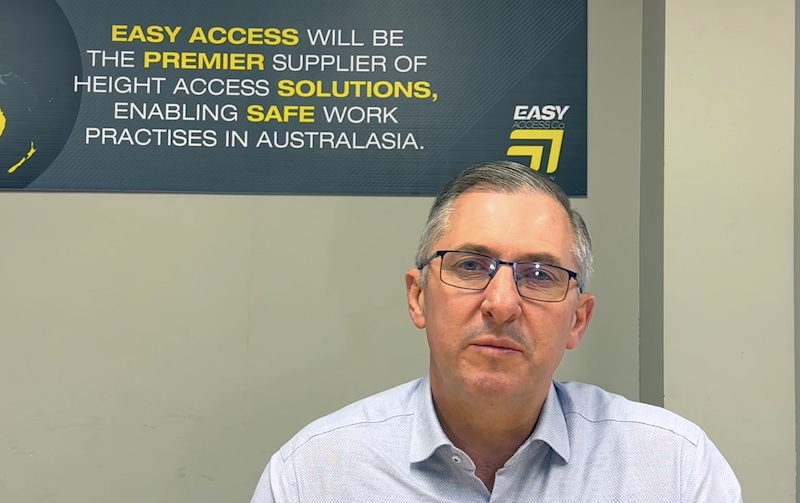How To: Create Flow Without an Assembly Line
One of the most well-known Lean concepts is that of “flow”. The most familiar example of flow is the automotive assembly line. On an assembly line products flow through a factory moving through different workstations at a steady rate until they roll off the assembly line completed.
This, of course, is how cars are assembled. And we all know that the automotive industry, especially Toyota, is the inspiration for Lean Thinking. But what if you don’t make cars or are even involved in mass production? What if you are not even involved in production at all and are in a service business. What possible relevance can flow have to your business? This is a question I get asked all the time and, in this article, I hope to explain how flow can be relevant to any process.
Why Do You Need Flow?
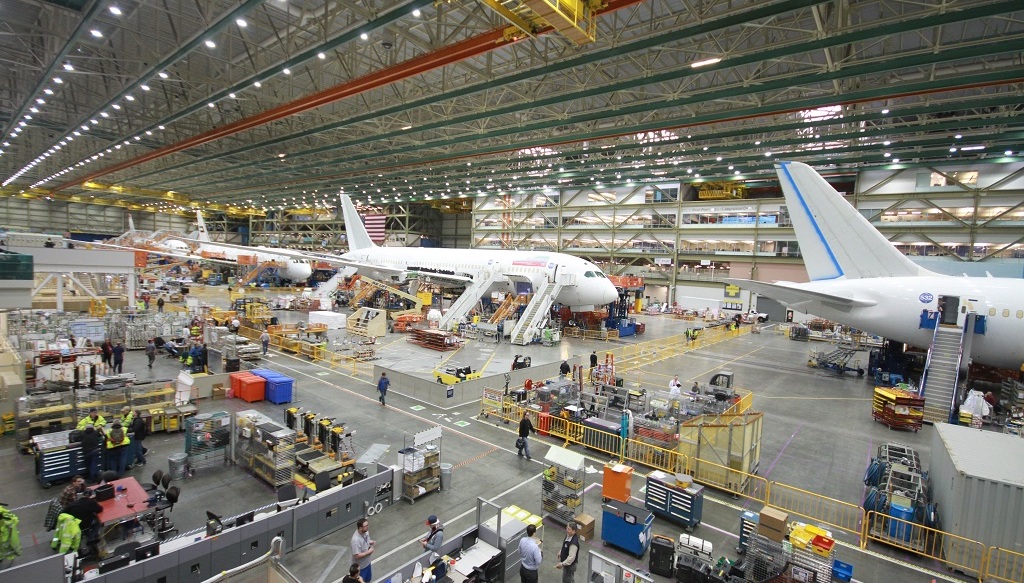
How often to you look at your process in your office factory or warehouse and wonder where you are up to, how long it will take to finish the current work and what your capacity for more work is? Imagine if your process worked at a predictable rate with every step of the process synchronised to that rate. Imagine as well if there were no buffers or wait times between processes, meaning that your underlying value adding time was also your lead time. If you imagine that scenario you are imagining flow. Whether you are making cars, fabricating steel columns, making bespoke staircases or processing credit applications, flow can deliver huge benefits. So how do you create flow away from the assembly line?
Understand Your Current Process
A value stream map is a tool that will help you design your flow. The TXM Manufacturing Agility Process® (MAP) is based on automotive value stream mapping techniques, but adopted for low volume, high mix manufacturing and service flows. The current state map helps you understand your current process and identify how you create value for the customer and where there is waste. You then develop a future state design for your process that eliminated unnecessary steps and defines your flow.
Measure the Flow
Once you have defined the steps in your flow you need to decide how to control the rate of flow. The concept here is that we match the rate of activity at every step in the process to the rate of customer demand or takt time. To do this you need to find a unit of measure for your process that can serve to control your rate of flow. This is easy in assembly, because products are fairly uniform, and it is a simple matter of counting units.
In some office processes also, it can be as simple as measuring the number of transactions, such as the number of quotes for a sales team. However, for more complex processes, you may be trying to measure “apples against oranges” as one job or product differs in terms of work content to the other. The answer here is to find a simple metric that can be quickly measured, and everyone can understand.
It may be that the metric is not perfect, but as long as your product mix is reasonably constant (e.g. a mix of difficult jobs and easy jobs) this variation should even itself out. If the variation is too great, you might need to create two or more flows, grouping similar products or jobs together with different measures to track the flow. Once the unit of measure is established you can calculate your takt time in terms of minutes per job (or a takt rate in jobs per minute). The aim is that each process step will then work to that rate.
Layout the Flow
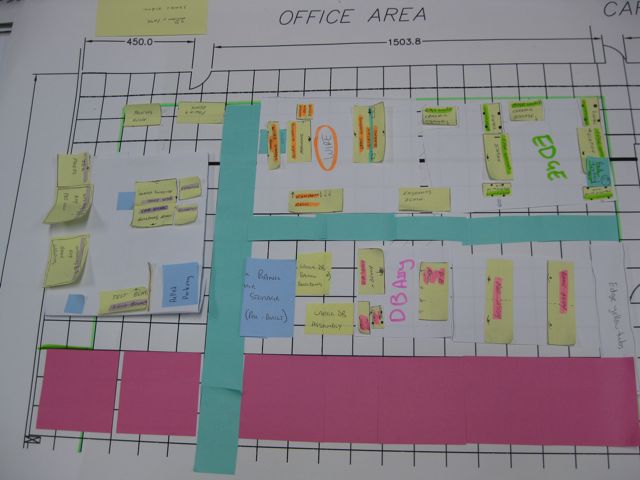
You have defined the steps in your flow and set a takt time, but to really make your flow effective, your physical process layout should reflect the flow. This means bringing the processes together so that jobs naturally flow from one step to another. We call this a Lean Facility Layout. It can apply equally in an office, engineering or manufacturing process. Bringing the processes together makes interruptions to the flow of work clearly visible and enables you to correct these problems as they occur rather than after targets have been missed.
Don’t Let Perfection Get In the Way of Better
Of course, reading this short article, you will have visions of an automotive moving assembly line with cars moving through workstations timed down to the last second. This is probably more aspiration than reality for many customised or office processes. There is likely going to be some variation in process times from step to step and it is likely that you will need small buffers to balance out variations in product mix. However, by creating a flow, even if it is not perfect, you will have significantly improved the consistency and predictability of your process. You will also be much more able to see and eliminate waste and problems.
Where Can Flow Work?
At TXM we have been applying flow concepts in non-traditional processes for over a decade. None of our customers make cars and very few have been involved in continuous, production line assembly of mass-produced products. Instead, some of the processes we have applied flow concept to include:
If these principles can work in these diverse industries and applications (and many more) they can work in your business.




